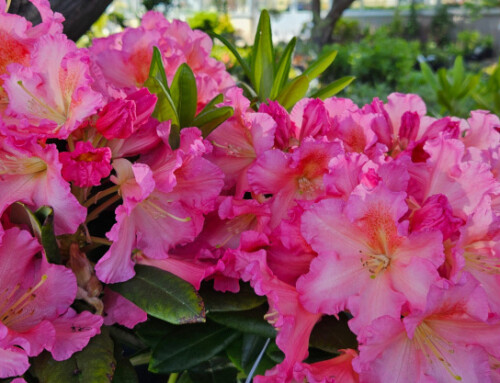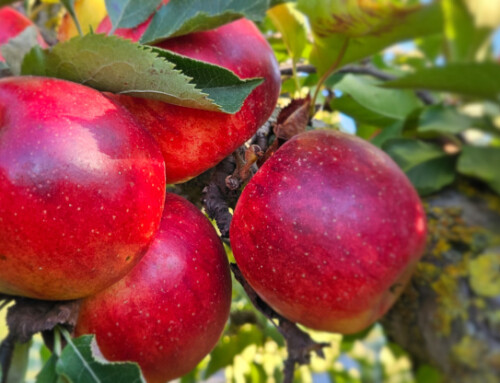After a challenging start to winter here in the Pacific Northwest, it’s beginning to look like we may escape the cold, snowy weather that February has offered in recent years. Although we still may get some winter weather in March, the chance of anything severe or long-lasting decreases with each passing week, so I feel somewhat safe in embracing the spring weather we’re enjoying! As you begin to get out in the yard, here are a few late winter tasks to accomplish in your garden.
First, it’s time to get underway with spring pruning. Avoid pruning anything that blooms in the spring if possible—most plants like forsythia, flowering cherries, rhododendrons, and azaleas already have their buds for spring so pruning now will sacrifice the flowers on those plants for the year. If you must prune your forsythia, bring some branches indoors and arrange them in a vase; in a week or so they’ll burst into bloom.
Aside from spring bloomers, now is a great time to prune many other shrubs and trees, including roses. Although climbing roses require different pruning techniques, all other common types can be pruned back to as little as six to eight inches, keeping an eye to prune just above an outward-facing bud (look for a swollen, darker spot on a branch to determine the location of a bud). By selecting a bud facing out from the middle of the plant, you’ll encourage the plant to grow in a way that promotes good air circulation through the center of the bush, which prevents disease.
In pruning roses, it’s also important to select as few as three to five main branches (called canes) to keep, eliminating all others that may be old, diseased, or weak. Cut all sub-par canes back to the knobby graft at the base of the plant to direct the growing energy into the healthy canes, which will produce a plant with more flowers and better resistance to insects and disease.
Aside from roses, late winter is also a great time to prune back panicle hydrangeas—those with cone-shaped blooms. Some common panicle types include Pinky Winky, Limelight, and Bobo, but there are dozens of other varieties as well. Because these bloom on new wood—the current year’s growth—they can be pruned in fall or spring without sacrificing blooms in summer.
Next, as you begin to work around the yard you may notice that moss has struck your lawn with a vengeance this winter, and after the amount of rain we’ve had in the last four months, that shouldn’t surprise anyone. People frequently ask me when to kill moss, and thankfully, there’s never really a bad time to spread moss killer as it can be applied anytime moss is actively growing. While it’s still a little early to fertilize your lawn, you can tackle moss control with a bag of ferrous sulfate or Bonide MossMax anytime this month or next, being sure to follow up with a good dose of fast-acting lime to add some calcium back to your acidic soil, which will discourage moss regrowth and neutralize the pH of your soil.
Finally, if spring fever is getting the best of you and your porch pots are beat up from the bitter cold of December, now is a great time to refresh your containers with some early-blooming primroses, pansies, and sprouted spring bulbs. If you forgot to plant bulbs last fall, many nurseries offer potted bulbs just sprouting and ready for easy transplant into your containers for early spring color.
One of my favorite aspects of gardening is the rhythm of the seasons, and after the trying times many people experienced over the last few months, I’m sure we can all appreciate the promise of longer days, the warmth of sunshine’s strengthening rays, and the early signs of spring beginning to appear in the garden.








Leave A Comment